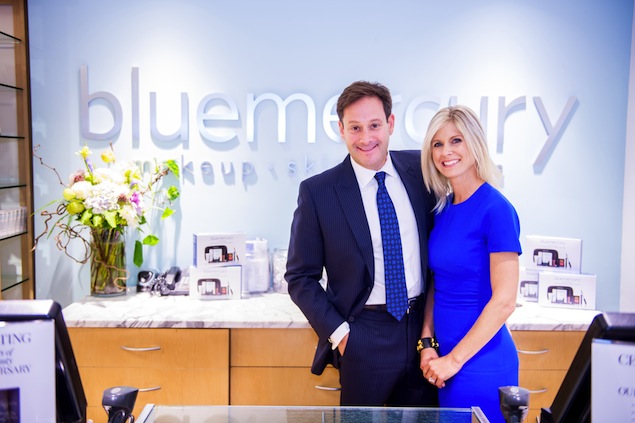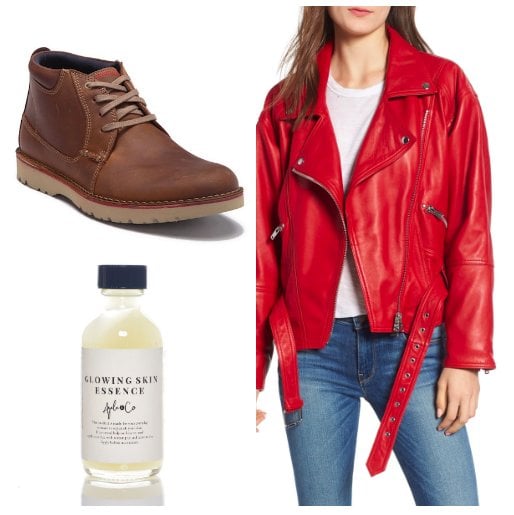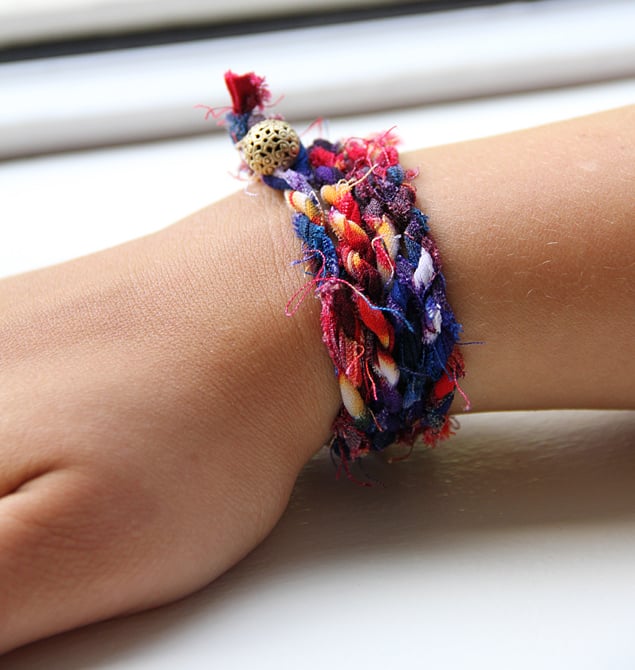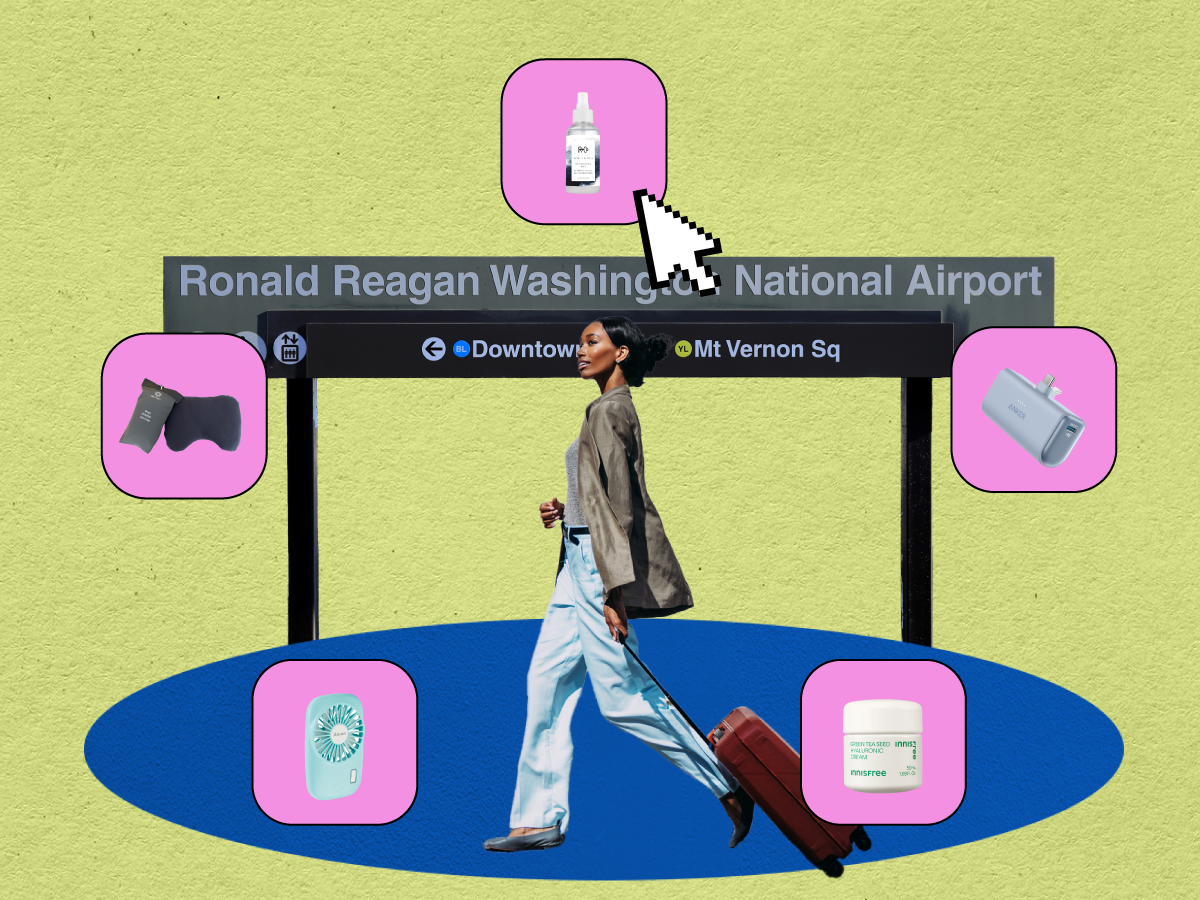Local beauty retailer Bluemercury made national news on Tuesday when Macy’s announced it has acquired the company for $210 million in cash. Bluemercury, which was founded in 1999 by Marla and Barry Beck, has boomed to 60 stores in 18 states, with around 500 employees. In the press release, Macy’s also announced that the Becks and their employees will stay in their current positions, and Bluemercury will remain as a standalone business.
Keeping Marla and Barry Beck as the CEO and COO of the company gives fans hope that the mom-and-pop shop that’s made it big will maintain its brand integrity, but this acquisition does beg the question of what happens to beloved local shops that get bought out by big corporate entities.
To find out, Shop Around turned to James McCandless, the managing director of retail at Streetsense, a DC branding and marketing firm that specializes in rebranding and designing brand identities from scratch, but who does not work with Bluemercury. Despite the fact that some might see Bluemercury’s sale as potentially losing its foothold in the high-end, luxury beauty market, McCandless sees the acquisition as part of a greater trend of department stores looking to remain relevant.
“If you go back to the 1950s, the department stores were the purveyors of fashion. People trusted them as, ‘Well, if it’s at the department store, then I’m probably getting a representation of what’s trending right now,’” says McCandless. “Now you’re seeing something that’s more fractured and more regionalized. Department stores are saying, ‘How do we change our product offering to be more in touch with the new trends?’”
According to McCandless, it’s been the mission of Macy’s CEO Terry Lundgren to move Macy’s up the department-store food chain. “I think too often, the department stores get stuck between Target and Walmart on the lower-end scale in terms of price, with Neiman Marcus and Nordstrom on the other end,” says McCandless. “Terry has been very aggressive about moving [Macy’s] closer to the Nordstrom and Neiman Marcus part of the spectrum, where it’s much more focused on specialty offerings and unique partnerships with brands that are in their customer demographic.”
Though it’s not as apparent to the everyday consumer, McCandless says Macy’s has made impressive strides towards changing its brand image, moving away from becoming another Kohl’s or JCPenney and working to reestablish itself as a respected source of on-trend fashion and high-quality beauty products.
“If you’re inside the industry, you appreciate some of the things they’re doing online, store customization, mix of merchandising, and partnerships and acquisitions of brands just like Bluemercury,” he says. “All those things line up to a brand that’s positioning itself to be an industry leader, if not now, then in the foreseeable future.”
From Bluemercury’s perspective, the benefits lie in the potential for growth and the leveraging of Macy’s omnichannel resources. “With the full weight of Macy’s resources, we will be able to accelerate our store penetration across the United States, bringing our specialty store format to urban and suburban markets throughout the country,” said Barry Beck in a press release.
Macy’s senior vice president of corporate communication, Jim Sluzewski, also highlighted that Macy’s expertise in multi-platform retail offers an opportunity for Bluemercury to grow faster.
McCandless says this is a particularly good opportunity in terms of Bluemercury’s international growth. “We don’t see it here as much, but they are very trusted internationally as the purveyor of fashion for new and emerging trends,” he says. “Macy’s just opens the world up to Bluemercury.”
Ultimately, the success of the two brands is dependent upon them both appealing to the same consumer profile, says McCandless. “When that customer comes into the store, they’re looking to have a curated opportunity to see various brands they respect and trust. That’s what we’re seeing these department stores do: acquire or partner with the brands their consumer profile is looking for.”




















